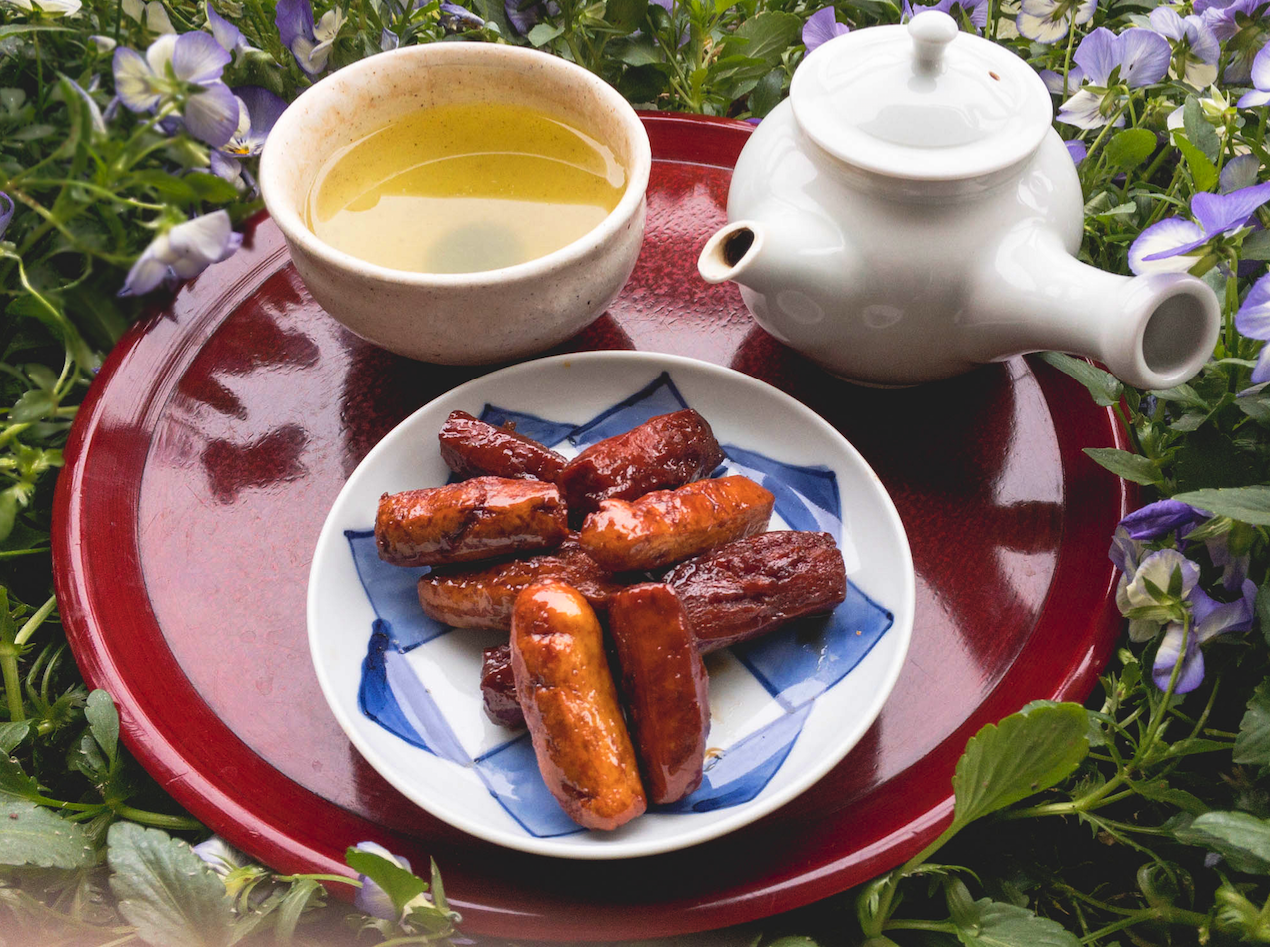Hachijū-hachi-ya, the 88th day after risshun, the first day of spring, falls on May 2 in most years. It's the day that marks the beginning of the new tea harvest season, according to tradition.
The nation's actual tea-harvesting season begins a little earlier, starting with the southern tea fields of Kyushu and ending in June in northern regions. In any case, May and June are the time when shincha (new harvest green tea) is available and at its peak. Shincha is also called ichibancha, which means "first tea"; subsequent harvests are called nibancha (second tea), sanbancha (third tea) and so on.
Shincha is eagerly anticipated by tea lovers since it is the mildest, most flavorful tea of the year. (Another reason it may be so highly prized is because Japanese people love the "new harvest" or "first catch" of so many things, from rice to wine to fish.)



